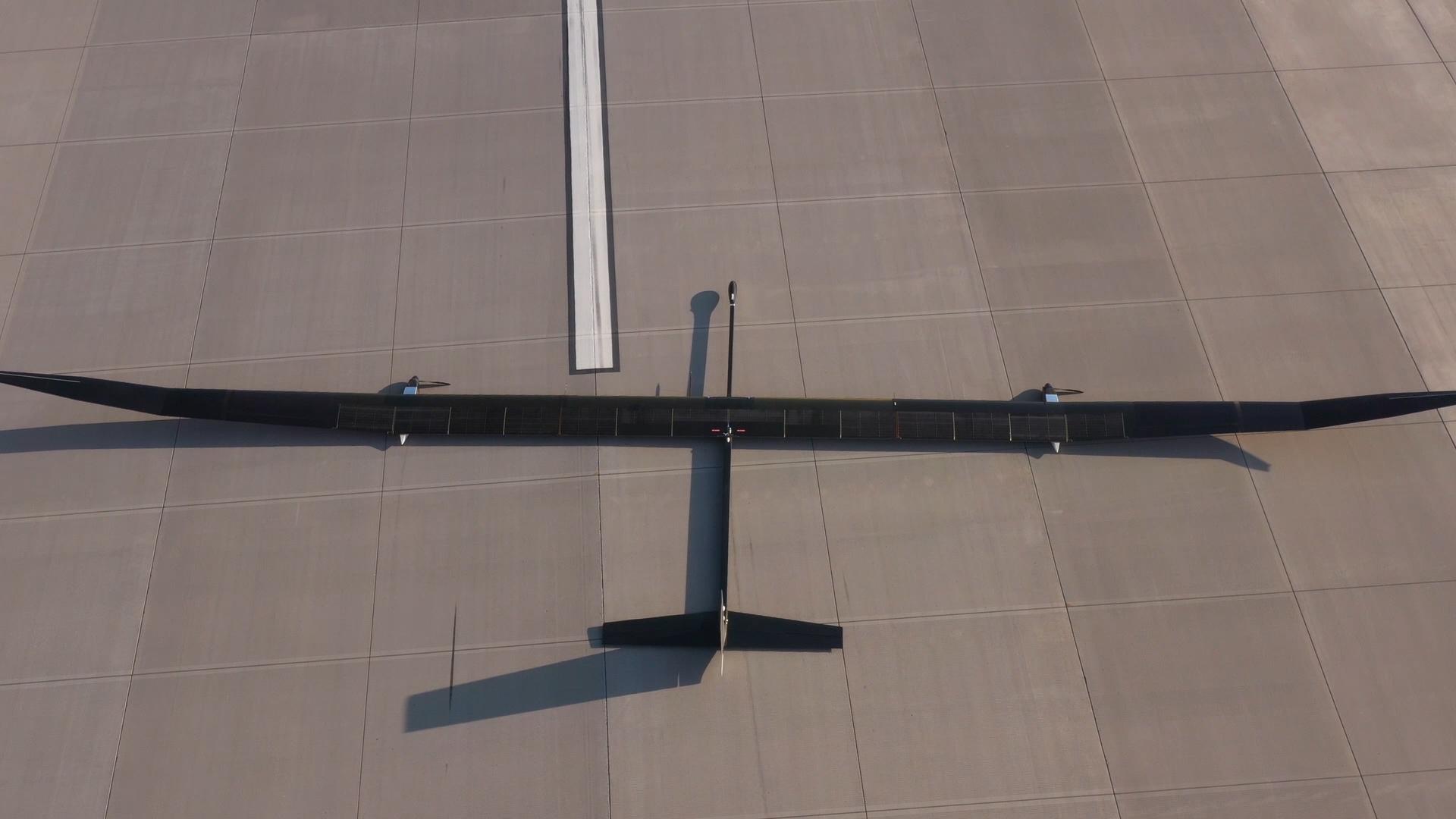
Credit: BAE Systems
RAF FAIRFORD, England—BAE Systems’ Phasa-35 solar-powered uncrewed aircraft system (UAS) has flown to the stratosphere for the first time. The 24-hr. flight took place in late June from Spaceport America and over the White Sands Missile Range, New Mexico. It saw the high-altitude pseudo-satellite...
Subscription Required
Phasa-35 Reaches Stratosphere, BAE Systems Says is published in Aerospace Daily & Defense Report, an Aviation Week Intelligence Network (AWIN) Market Briefing and is included with your AWIN membership.
Already a member of AWIN or subscribe to Aerospace Daily & Defense Report through your company? Login with your existing email and password.
Not a member? Learn how you can access the market intelligence and data you need to stay abreast of what's happening in the aerospace and defense community.





